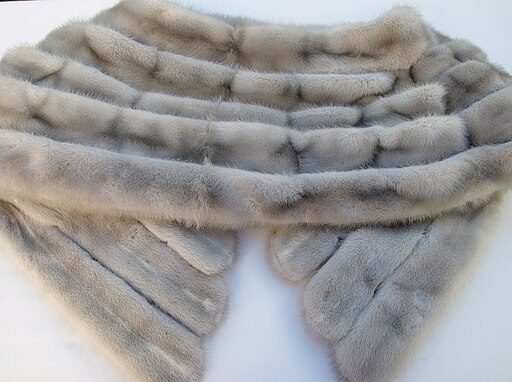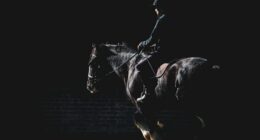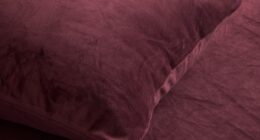Sable and mink are both types of fur-bearing mammals, but sable fur is considered more luxurious and expensive than mink fur.
TL;DR Sable Vs. Mink
Sable has a distinct grain pattern with a dense underfur layer that provides excellent insulation against harsh winters. Mink has shorter guard hairs but compensates with an incredibly soft underfur that gives it a velvety feel.
What is Sable?
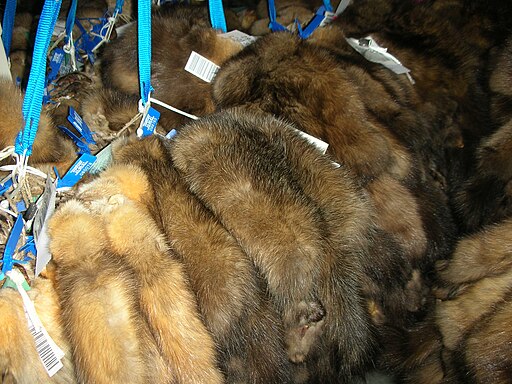
Sable, a term often associated with opulence and elegance, refers to the fur of the sable animal. Sables are native to regions in Siberia, Russia, and parts of Asia. These small mammals have long been prized for their luxuriously soft and dense fur.
One distinguishing characteristic of sable fur is its exceptional durability. The dense underfur provides excellent insulation against harsh weather conditions, making it an ideal choice for cold climates. Additionally, sable fur is hailed for its natural luster and silky texture.
Historically, sable furs were favored by royalty and aristocracy due to their rarity and exquisite quality. The demand for this luxurious fur has continued throughout the years as it remains a symbol of wealth and luxury.
Today, skilled artisans meticulously craft sable fur into various fashion pieces such as coats, hats, stoles, or even trimmings on high-end garments. Each piece showcases the timeless beauty that only genuine sable can provide.
What is Mink?
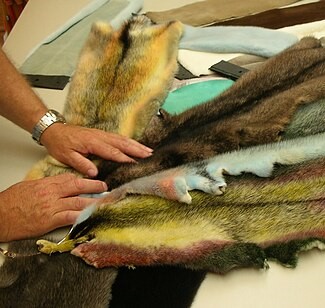
Mink is a furry creature that belongs to the Mustelidae family, which also includes otters, weasels, and ferrets. They are native to Europe and North America and are known for their luxurious fur. Minks have small bodies with long, slender tails, short legs, and webbed feet – perfect for swimming! Their fur is dense and velvety, making it highly desirable in the fashion industry.
Minks have a natural ability to stay warm in cold environments due to their thick undercoats. This makes their fur highly prized for its insulation properties in winter garments. The color of mink fur can vary widely – from black or dark brown to shades of white or silver-gray.
In terms of diet, minks are carnivores and primarily feed on fish, frogs, birds, small mammals like mice or rabbits. They are excellent hunters thanks to their sharp teeth and strong jaws.
Due to the high demand for mink fur products over the years, mink farming has become prevalent worldwide. These farms focus on breeding minks specifically for their fur production.
Sable Vs. Mink – Key differences
| Characteristic | Sable | Mink |
|---|---|---|
| Scientific Family | Mustelidae (Weasel family) | Mustelidae (Weasel family) |
| Species | Several species, including the Siberian sable | Several species, including the American mink |
| Fur Quality | Extremely soft, silky, and luxurious | Soft and luxurious, but not as silky as sable |
| Fur Color | Typically brown with dark markings | Various colors, including brown, black, and white |
| Natural Habitat | Northern regions of Asia, especially Siberia | North America, Europe, and parts of Asia |
| Size | Smaller in size, with a slender body | Slightly larger with a more robust body |
| Lifespan | Typically 5 to 7 years in the wild | Typically 3 to 4 years in the wild |
| Diet | Carnivorous, feeding on small mammals and fish | Carnivorous, feeding on fish and small mammals |
| Conservation Status | Some species are endangered due to overharvesting | Not typically endangered |
| Fur Use in Fashion | Highly prized for its rarity and quality | Commonly used in fashion and fur industry |
Image Credits
Featured Image By – Libricool (talk) 17:26, 13 October 2010 (UTC), Public domain, via Wikimedia Commons
Image 1 By – Vadeve (talk) 17:44, 13 February 2011 (UTC), Public domain, via Wikimedia Commons
Image 2 By – Vadeve (talk) 20:54, 14 February 2011 (UTC), Public domain, via Wikimedia Commons
